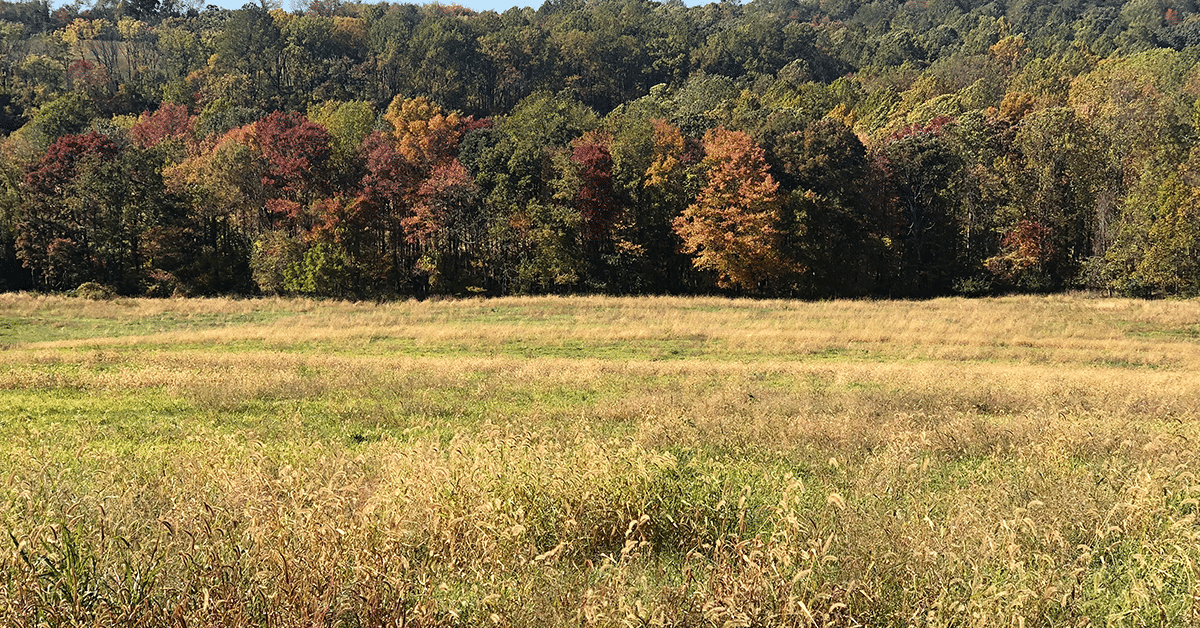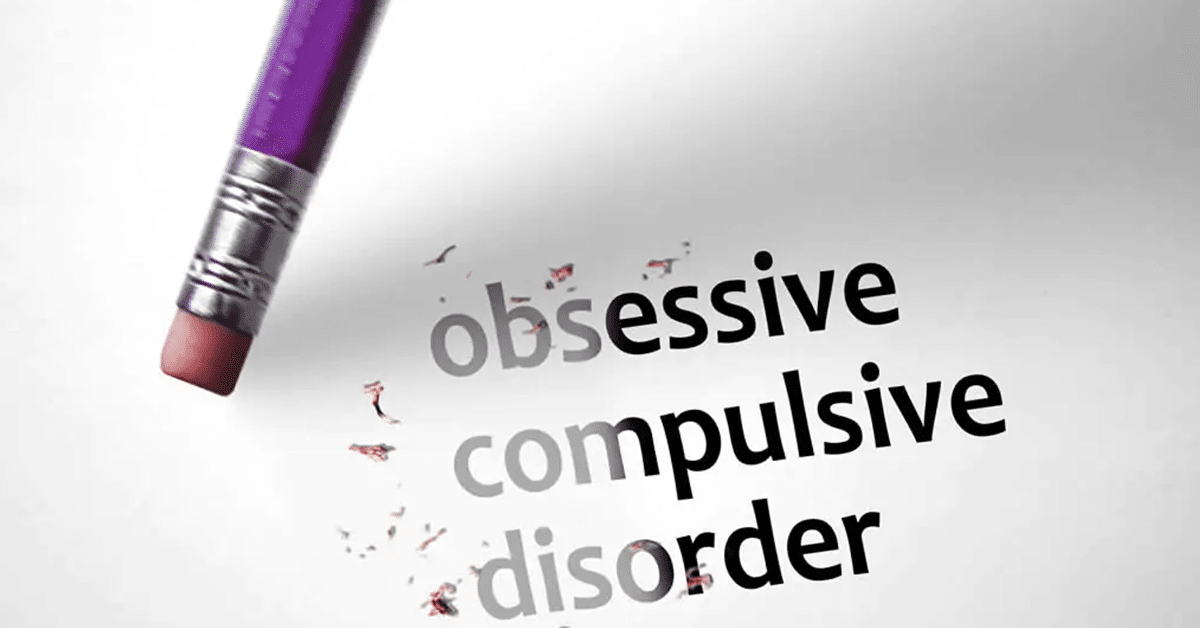Have you thought about the amount of time you spend helping others rather than yourself? Helping others may bring you satisfaction, but when does it become too much. It may be that the difference between obligation to help others and helping others as a form of self-care and gratitude may be hard to recognize.
Do you find yourself focusing on others in order to not focus on yourself? Maybe you had thought about wanting to exercise, eat healthier or sleep more, but something else is always more important. You might feel like I need to do more.
This idea of needing to do more is often a sign that it is time to pause and think about what your priorities are. Have you ever thought that what you are doing is not good enough? That is when self-care needs to step in. This is your pause, your ah ha moment, or I need to be present moment.
Depending on how stressed or overwhelmed you may feel, identify a strategy that would work best. You may need to feel more calm, engage in physical activity, spend time doing something distracting but fun, or process and think about what has been on your mind. Here are some ideas.
Calming skills
Calming skills, often referred to as relaxation techniques, are beneficial to use in order to help the body relax which lowers the heart rate and blood pressure.
Deep breathing is a great way to lower stress in the body. There are many different ways to implement deep breathing. Some people prefer belly breathing while others like the method 4-7-8 where you breath in for four seconds, hold your breath for 7 seconds and breath out for 8 seconds. For some people, the idea of holding their breath is uncomfortable. When feeling overwhelmed, anxious or stressed, a great strategy is to breath in for 2 seconds and breath out for 4 seconds.
Meditation is another technique that people find helpful. There are guided meditations through different apps. Some people prefer to meditate on their own without other outside noise.
Grounding techniques helps people focus on the present and forget about negative thoughts or memories that cause a stress response. When using grounding techniques, a person would focus on 5 things that can be seen, 4 things that can be touched, 3 things that can be heard, 2 things that can be smelled and 1 thing that can be tasted.
Other calming skills include listening to music, taking a bath or shower, or aromatherapy. Lavender is a common scent used to reduce stress, calm the body and decrease racing thoughts.
Physical skills
Physical interventions are also an important part of decreasing stress. Eating healthy and drinking plenty of water helps to feel less stress. Foods that reduce inflammation and therefore lower cortisol levels are beneficial. Examples of these types of foods include foods high in vitamin B, omega-3 fatty acid, magnesium-rich foods, protein rich foods, gut healthy foods. Exercise such as walking, running, swimming or yoga is also beneficial.
Distraction skills
Another strategy to decrease stress is to use distraction skills. Distraction skills is when you do something in order to not focus on the stress issue. Examples of these types of skills include playing video games or putting a puzzle together. Other people may enjoy to create art by painting, drawing, or sculpture. Singing and dancing is also another way to decrease stress. Music releases endorphins while lowering cortisol levels and heart rate. Gardening decreases stress by being more grounded, focusing on the present, and thinking about the what you hope to accomplish while planting and maintaining the garden.
Processing skills
Decreasing stress by using processing skills is helpful once the body feels calm. Therefore, trying calming or physical skills first might be most helpful depending on the stress level you are experiencing. Talking with a friend or family member or writing thoughts and feelings in a journal is one strategy. The use of “I statements” is helpful when sharing a concern with someone about your stress. The sentence structure for this strategy is “I feel _____ (insert feeling word) because _____(reason why you feel that way).” Positive affirmations or self talk is another helpful way to decrease stress and be present. Often times when people feel stressed, they focus on the negative thoughts. Creating a gratitude list, such as a writing down what you are thankful for, and reflecting on what makes you smile is a way to change your mood. When people’s stress feels too overwhelming, writing down the worries and putting them in a box of some sort to go through at a later time is a helpful strategy too. This technique is often referred to as worry time, where you write down the worries and address them one at a time when you are ready.
Self-care starts with you identifying what you need. Start today to ensure your own well-being in order to support others.
Keep Reading
Want more? Here are some other blog posts you might be interested in.







